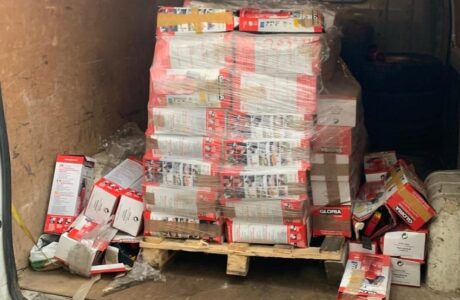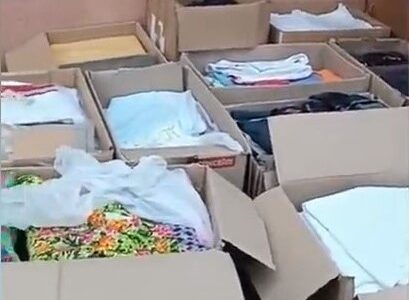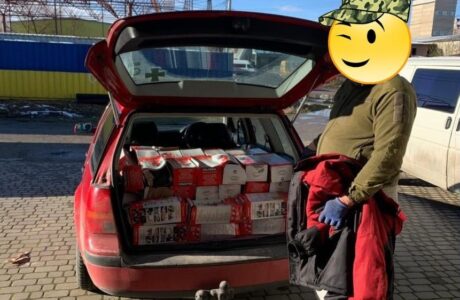Volunteers of the “Help For Ukraine” Charitable Foundation continue to implement the project “Save Kherson Water” to provide Kherson region with portable water purification systems. This time, they brought three more such systems for two communities and one local hospital in Beryslav district, the foundation’s press service reports.
Last year, these systems, provided to the volunteers and developed by soldier Borys Vykhovanets and his colleague Hryhoriy Mamchur from the NGO RoDoRa, were successfully tested in the village of Kozatske, 5 km from the Kakhovka hydroelectric power plant dam and the front line.
Quality drinking water is still a luxury for the affected regions, as the water situation has not improved at all in the year without the dam. Recent studies, in particular by experts from the Kherson State Agrarian and Economic University, confirm that the water that southerners are forced to consume after the hydroelectric power plant explosion can be called poison. All the water below the Kakhovka dam has been poisoned by a large number of cattle cemeteries, cemeteries, and agricultural chemical storage facilities.
The quality of the water available from underground sources for the settlements does not meet drinking standards and is not equipped with post-treatment equipment. The content of lacto-positive E. coli is 9 times higher, the content of salts and metals is more than three times higher, chlorides are two times higher, sodium is three times higher, and sulfates are four times higher.
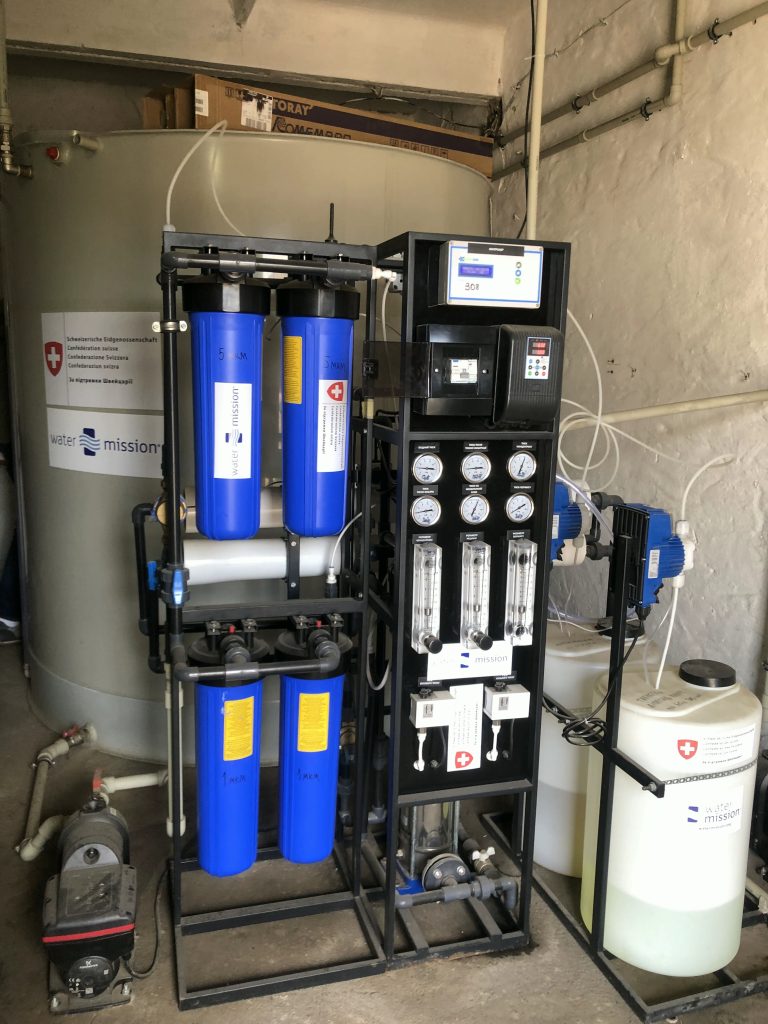
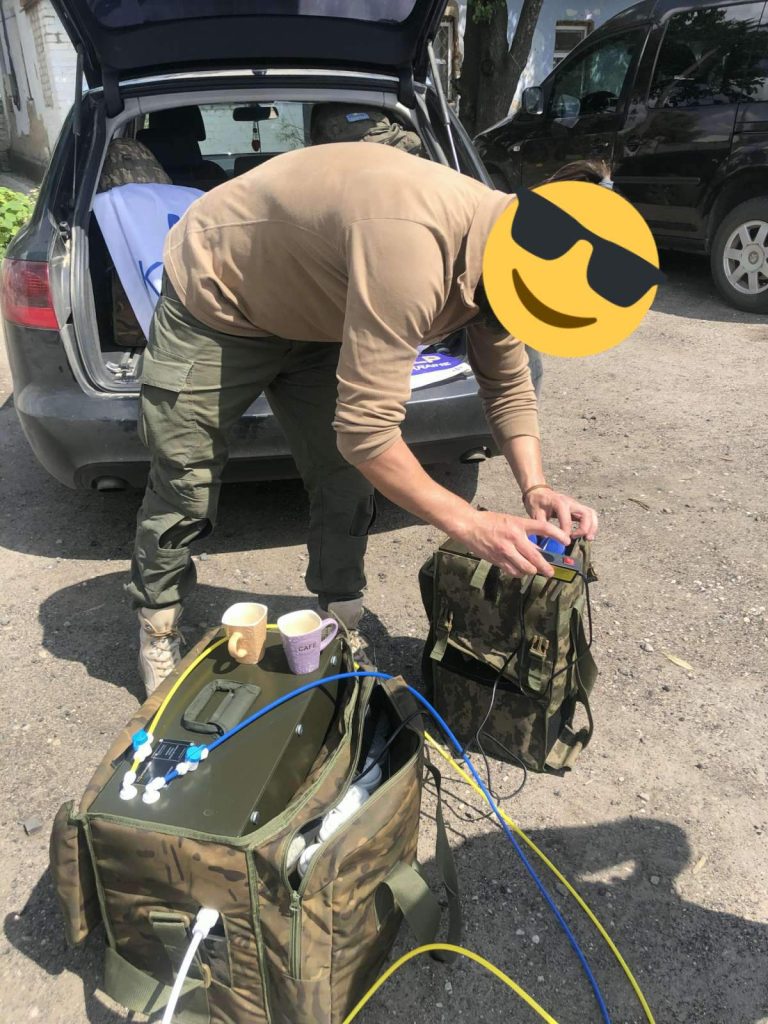
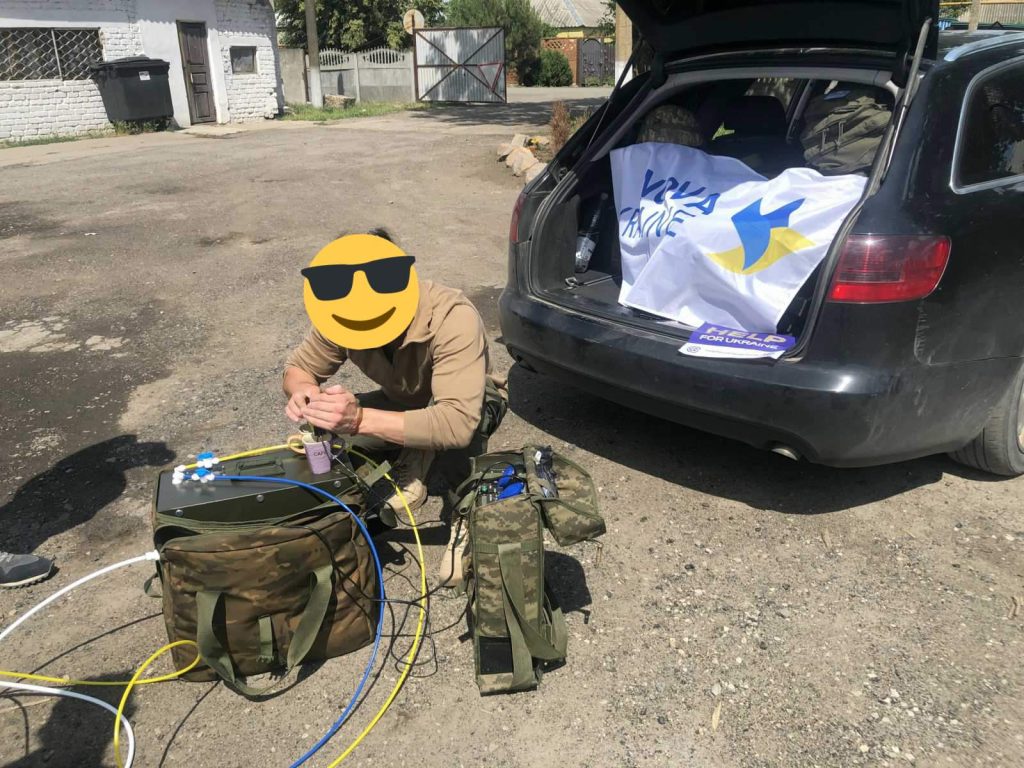
“We have repeatedly brought humanitarian aid to Kherson and Mykolaiv regions,” says Vilen Fatalov, Vice President of the Foundation, “and we have investigated this issue by talking to the people and local authorities. During our trips, we took measurements ourselves: the concentration of nitrates in the water is 10 times higher than the norm. There are different ways to solve this problem locally, but most of these projects are too labor-intensive and better implemented after the war. So we explored a variety of possibilities. We were looking for partners and like-minded people. We weighed the pros and cons. We addressed the press and television. We met with domestic and foreign businesses. We regularly provided assistance to Kherson region and chose the most effective option.”
The cost of one such unit is $3.5 thousand, while a similar American one costs $10 thousand. But Ukrainian portable water treatment systems not only purify but also saturate the water with hydrogen, producing water ionized at -300 millivolts. This water, in turn, provides energy to cells and removes toxins from the body.
These are Ukrainian-made mobile units that are almost impossible to destroy under fire. They can be deployed in 1 minute. They operate from an autonomous power supply. They can be moved within a few minutes. One unit can produce up to 1.5 tons of water per day.
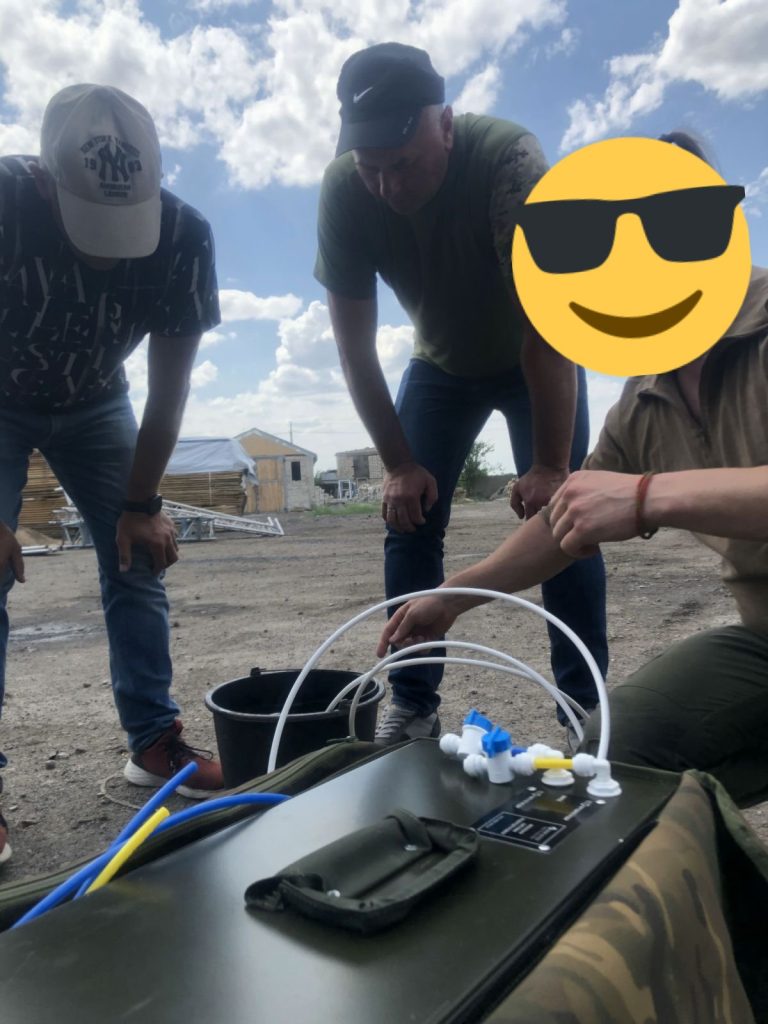
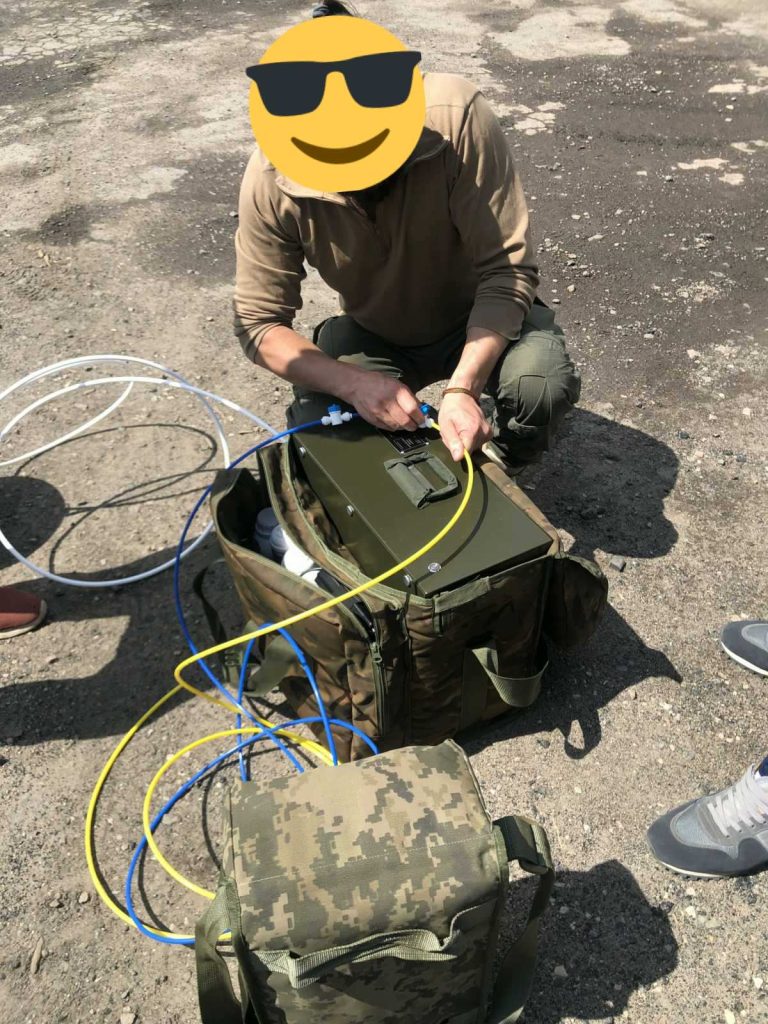
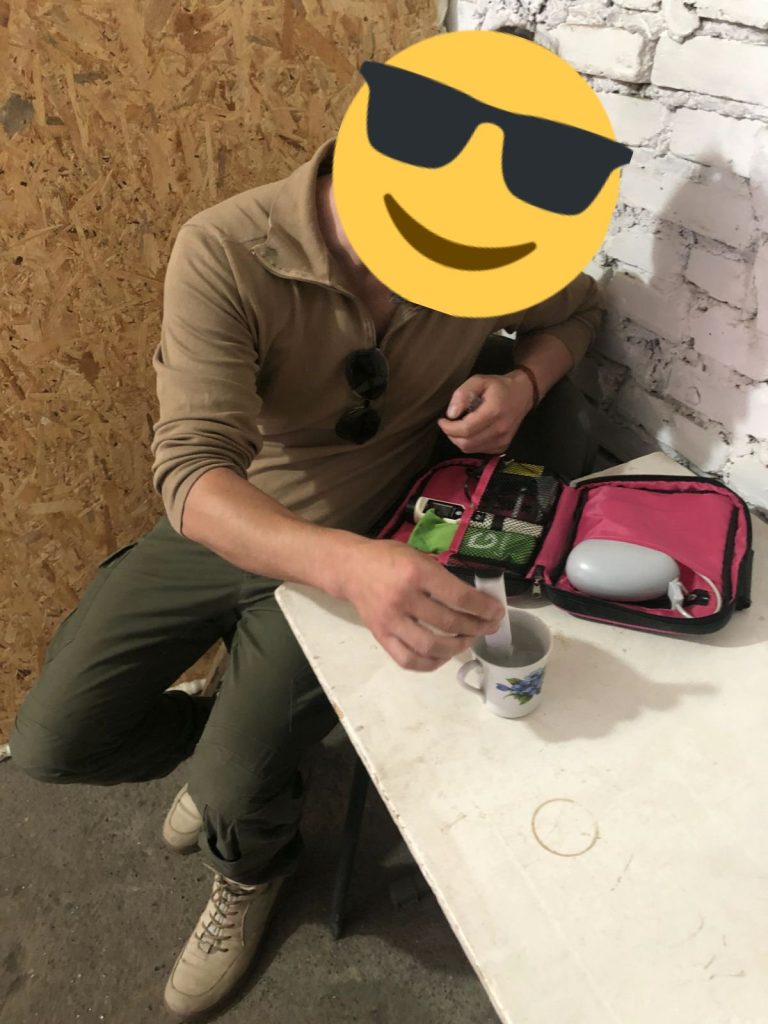
They can be connected not only from the mains, but also from the included rechargeable battery. It purifies any water: both from the river and from the swamp. There is a set of spare filters, keys to them, a water test, separate filtration, etc. The battery has spare fuses, is portable, lightweight, and autonomous. It can be used as a power bank. It can be used anywhere. First of all, these systems were developed by the inventors for the needs of the front line. They have been tested more than once. And they are ready to serve as many people in the frontline areas as possible.
“We have a guaranteed solution to the problem of acute shortage of drinking water,” comments Stepan Aslanian, President of the Foundation. – “Therefore, we have launched a unique project to provide them with mobile water treatment plants, for which we are very grateful to our partners: the international foundation Nova Ukraine for the purchase and assistance in transporting 3 stations, as well as the NGO RoDoRa – soldier Borys Vykhovanets and his colleague Hryhorii Mamchur – for their invention that saves lives and health, and for their personal participation in the project. And, of course, to Oleksandr Prokudin, the head of the Kherson Regional Administration, for his cooperation with the Foundation in this matter for the benefit of the residents.
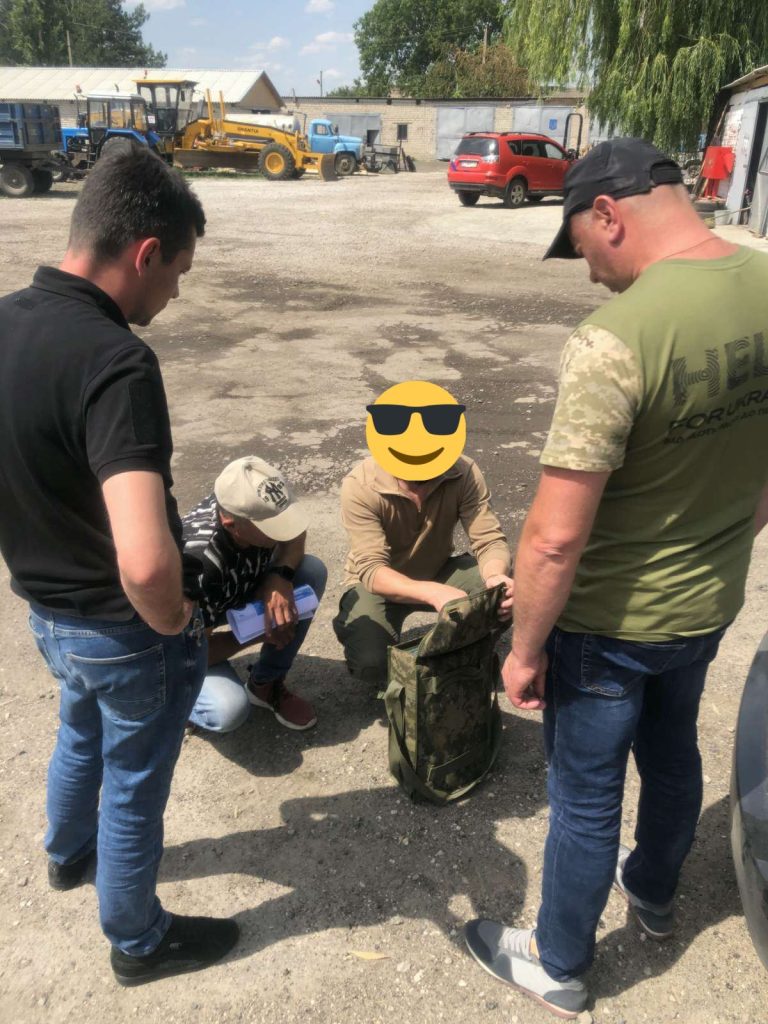
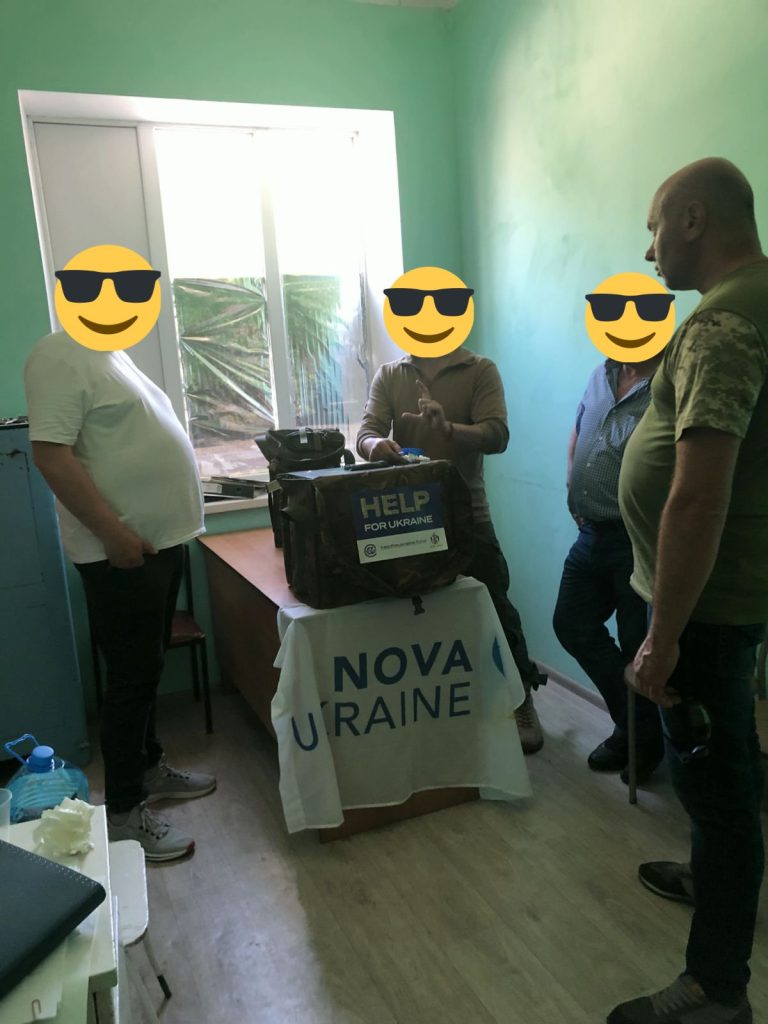
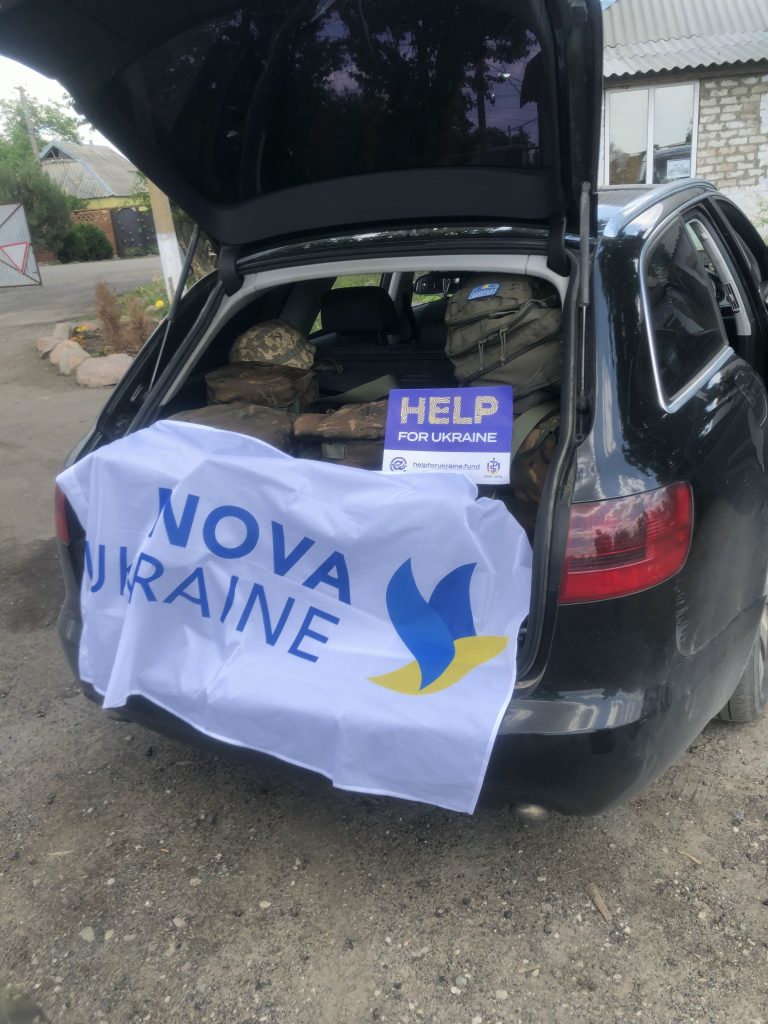
After all, people still continue to survive without water, needing enhanced assistance no less than after the explosion of the Kakhovka hydroelectric power plant. And the closer to the frontline, the more urgent it is. The survival of people depends on it in places where the shelling continues and where the central water supply can be restored only after the fighting stops. The construction of three new water pipelines is to be completed by the end of 2025.
The next step is to purchase large mobile systems with a capacity of up to 20,000 liters per day. The foundation is currently looking for additional partners and donors to help with the purchase and installation. If necessary, the systems can be easily moved to avoid destruction by shelling. Therefore, we will provide them to frontline communities. And not only in Kherson region. But this requires additional funding. So please join in – a good deed always returns a hundredfold!”
Everyone can join the Project:

